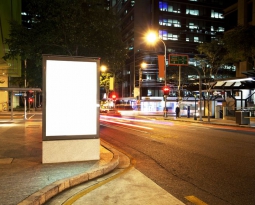Digital signage has already found success in the commercial world, but some of its most practical uses can be harnessed by large organizations like hospitals. The healthcare industry in general can benefit from adding digital signage both in public spaces and in worker areas. As the technology becomes more affordable, having a digital sign in each patientâs room is not outside the realm of possibility, either.
In essence, every area of healthcare stands to gain a great deal from installing a digital signage platform. Here is how:
Better Customer Service
Digital signage software has the potential to create dynamic, timely messages tailored to a specific audience. In the case of healthcare, people arriving at a hospital can see wayfinding instructions unfold live through animated paths that give them a clearer idea of where they are going.
The signs can also give relevant information, such as the wait time status in the various clinics or waiting rooms throughout the facility. These uses help alleviate the stress of visiting the hospital while improving the customer experience for check-ins and visitation.
Up-to-the-Minute Accuracy
The ubiquitous white boards found at nursesâ stations and in other staff areas can often be messy or, worse, inaccurate. Last-minute schedule changes can lead to hectic confusion where everyone is trying to determine whether a nurse is a no-show or if someone else is supposed to be covering their shift. Erasing and rewriting on one board can also create inconsistencies in other places, such as an emailed schedule.
With digital signage, any changes are updated automatically to reflect the most recent developments. Digital signage software also creates uniform revisions so that everyone is on the same page when it comes to who is supposed to work when and where.
Accuracy with regards to patient information is also important. Systems are being tested out in many hospitals where whiteboards placed in patient rooms keep them updated on care progress, estimated discharge dates and notes from staff or loved ones. Digital signs can keep this information accurate with razor precision, and they allow loved ones to send photos or art instead of asking them to take marker in hand when they are visiting.
Revenue Generation for Secondary Services
Most hospitals are like communities within themselves. Services like the pharmacy, cafeteria, gift shop, cafe and outpatient clinics are all separate businesses working together towards creating a positive experience as a whole. Digital signs can draw attention to these services to increase their visibility and potentially their profitability. Images of cafeteria specials or a kind reminder that âget well soonâ goodies are available in the gift shop boost revenue while giving visitors valuable insight as to where they can find the facilities or services they need.
Building Community Relationships
Digital signs allow hospitals, clinics and other healthcare facilities to offer a variety of content for visitors. In addition to the aforementioned practical and advertisement uses, digital signs can give visitors an idea of how the hospitalâs work affects the entire community. Posting photos of blood drives, fundraisers, community outreach and other such events lets people know that the work that healthcare professionals perform extends far beyond the four walls of their office. When people view this content, they get a better idea of how important healthcare providers are to the community and how initiatives and events can improve peopleâs lives.
These are just a few example use cases for digital signs in healthcare that can potentially improve public opinion of your healthcare business while making day-to-day tasks simpler. Find out more about how indispensable digital signage software can be by visiting our content management system software page.










